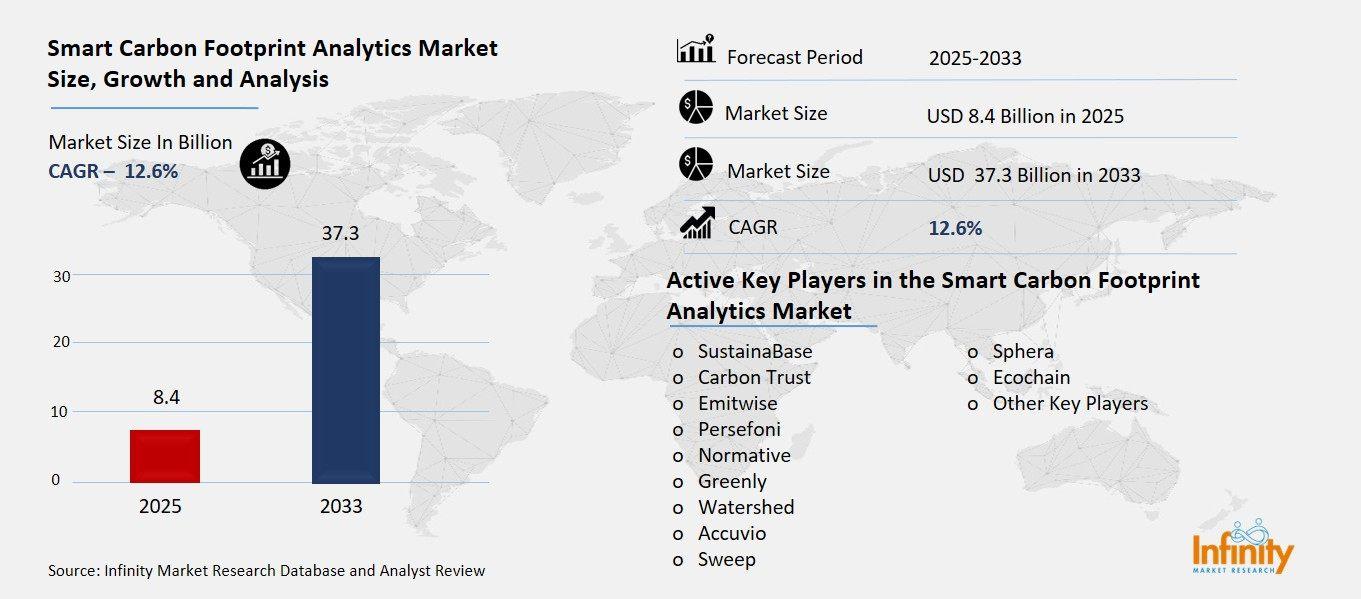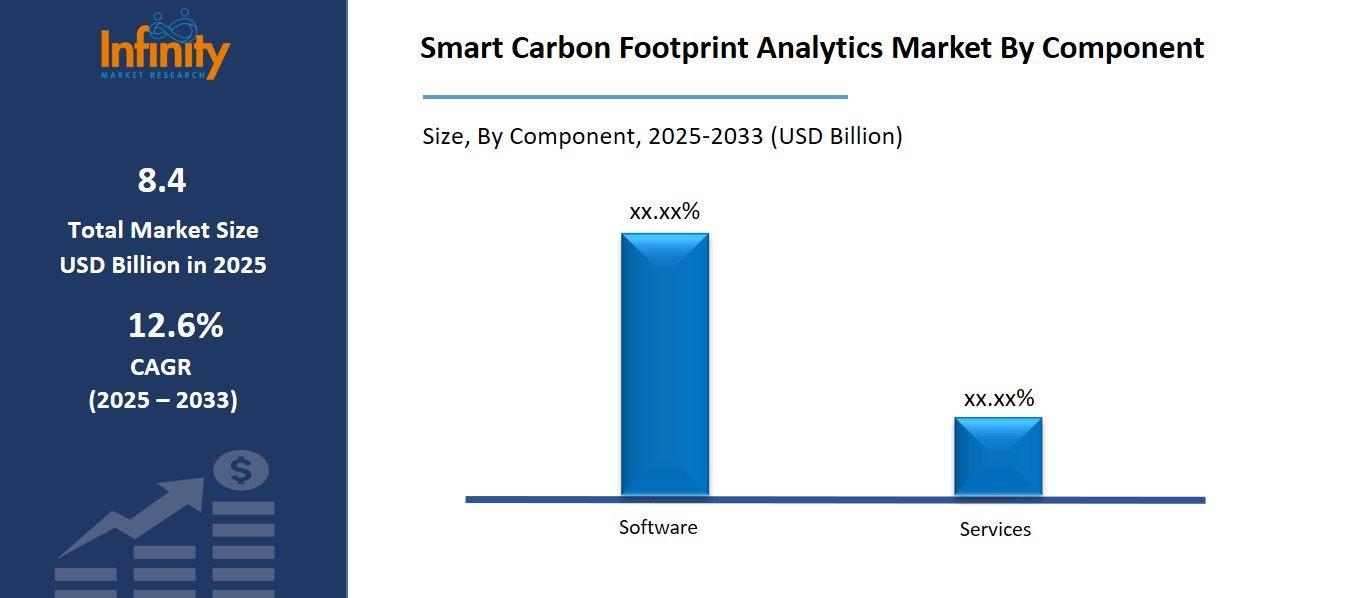
🔐 Secure Payment Guaranteed
Safe checkout with trusted global payment methods.
🌟 Why Choose Infinity Market Research?
At Infinity Market Research, we dont just deliver data — we deliver clarity, confidence, and competitive edge.
In a world driven by insights, we help businesses unlock the infinite potential of informed decisions.
Here why global brands, startups, and decision-makers choose us:
Industry-Centric Expertise
With deep domain knowledge across sectors — from healthcare and technology to manufacturing and consumer goods — our team delivers insights that matter.
Custom Research, Not Cookie-Cutter Reports
Every business is unique, and so are its challenges. Thats why we tailor our research to your specific goals, offering solutions that are actionable, relevant, and reliable.
Data You Can Trust
Our research methodology is rigorous, transparent, and validated at every step. We believe in delivering not just numbers, but numbers that drive real impact.
Client-Centric Approach
Your success is our priority. From first contact to final delivery, our team is responsive, collaborative, and committed to your goals — because you re more than a client; you re a partner.
Recent Reports
Global Myopia Control Lenses Market Report 2025-33
Hyaluronic Acid-based Dermal Fillers Market Report
Smart Carbon Footprint Analytics Market
Smart Carbon Footprint Analytics Market Global Industry Analysis and Forecast (2025-2033) by Component (Software and Services), Deployment Mode (Cloud-based and On-premise), Industry Vertical (Healthcare, Manufacturing, Agriculture, Retail & E-commerce, Transportation & Logistics, and Other Industry Verticals) and Region
Jul 2025
Energy and Power
Pages: 138
ID: IMR2128
Smart Carbon Footprint Analytics Market Synopsis
The Global Smart Carbon Footprint Analytics Market was valued at USD 2.9 billion in 2024 and is expected to grow from USD 8.4 billion in 2025 to USD 37.3 billion by 2033, reflecting a CAGR of 12.6% over the forecast period.
Smart Carbon Footprint Analytics market is fast-paced to grow as companies in any industry are willing to understand, control, and minimize their environmental effects. These are analytics solutions based on future technologies, such as artificial intelligence, machine learning, the Internet of Things, which collect real-time data on the state of emissions, diagnose patterns, and generate clear metrics of how carbon can be reduced. Through these, businesses can monitor direct and indirect emission, as well as complex Scope 3 emissions due to their supply chains, to promote the more transparent and accountable approach to sustainability reporting.

Smart Carbon Footprint Analytics Market Driver Analysis
Rising Corporate Sustainability Goals
Companies are increasingly establishing net-zero and science-based targets (SBTs) as a component of their overall sustainability and climate efforts. Net-zero goals bind organizations into making their greenhouse gas emissions nearly zero and the rest of the emissions are compensated either through believable technologies like carbon removal or reforestation. Science-based targets, however, are emissions cutting objectives of a company consistent with reducing global warming to 1.5A o C or even less than 2A o C, as it is stipulated in the Paris Agreement on how to limit global warming climate science says should be target.
Smart Carbon Footprint Analytics Market Restraint Analysis
Data Collection Challenges
Collecting accurate Scope 3 emissions and supply chain data is one of the most notable areas that are also most problematic with the corporate carbon accounting. In contrast to the direct (Scope 1) and indirect energy-related (Scope 2) emissions, Scope 3 is the sum of all the other indirect emissions across the value chain of a company: from purchased goods and services to business travel and transportation, waste management, and product use. The emissions tend to represent the biggest growth of the overall carbon footprint of a company and, at the same time, are the most challenging to measure.
Smart Carbon Footprint Analytics Market Opportunity Analysis
Carbon Credit and Trading Integration
Intelligent analytics are also becoming central in helping companies manage to compete in the carbon markets adequately through real-time observation of emissions as well as financing the proposed strategy of offsets. Such advanced platforms are using technologies such as AI, IoT, and big data analytics to constantly track black emissions in operations and supply chains. Through the provision of reliable, granular, and current emissions data, smart analytics can enable organizations to measure their goals in terms of their carbon impact more precisely and be provided to determine the potential to reduce as well as what volume of offsets is needed. Such real-time view is also required to participate in voluntary or compliance based carbon trading programs, where time stamped and validated data is paramount.
Smart Carbon Footprint Analytics Market Trend Analysis
Blockchain for Transparent Carbon Accounting
Traceability and verifiability are key to ensuring carbon offsets and sustainability claims remain credible and prevent credibility issues, greenwashing, regulatory and investor relations. A smarter carbon footprint analytics is increasingly being implemented particularly with the blockchain technology where the origin and ownership of carbon credit including retirement, can be tracked transparently and immutably. Such digital traceability enables companies to demonstrate the legitimacy, uniqueness, and non-counting of the duplicate of the offsets they either acquire or generates.
Smart Carbon Footprint Analytics Market Segment Analysis
The Smart Carbon Footprint Analytics Market is segmented on the basis of Component, Deployment Mode, and Industry Vertical.
By Component
o Software
o Services
By Deployment Mode
o Cloud-based
o On-premise
By Industry Vertical
o Healthcare
o Manufacturing
o Agriculture
o Retail & E-commerce
o Transportation & Logistics
o Other Industry Verticals
By Region
o North America (U.S., Canada, Mexico)
o Eastern Europe (Bulgaria, The Czech Republic, Hungary, Poland, Romania, Rest of Eastern Europe)
o Western Europe (Germany, UK, France, Netherlands, Italy, Russia, Spain, Rest of Western Europe)
o Asia Pacific (China, India, Japan, South Korea, Malaysia, Thailand, Vietnam, The Philippines, Australia, New-Zealand, Rest of APAC)
o Middle East & Africa (Turkey, Bahrain, Kuwait, Saudi Arabia, Qatar, UAE, Israel, South Africa)
o South America (Brazil, Argentina, Rest of SA)
By Component, Software Segment is Expected to Dominate the Market During the Forecast Period
The software segment is expected to dominate the smart carbon footprint analytics market during the forecast period. This superiority is fuelled by the increased need to use sophisticated digital tools that would allow tracking the carbon production, give real-time analytics, and ensure that the relevant environmental regulation was adhered to as it was evolving. Software solutions provide substantially more scalable cloud-based platforms that can bridge with any enterprise systems within an organization to permit organizations to encompass, process, and visualize emissions knowledge of operations and their supply chains. Other features that are supported by these platforms are scenario modeling, AI-based insights, automated reporting based on global standards.

By Deployment Mode, the Cloud-Based Segment is Expected to Held the Largest Share
The cloud-based segment is expected to hold the largest share of the Smart carbon footprint analytics market during the forecast period. This is explained by the scalability, flexibility and economical cost that the cloud-based solutions provide in comparison to the on-premise solutions. Cloud systems provide capability to work with real time data across locations, data can be easily integrated with other enterprise systems, and can be upgraded with updates and improved security without manual efforts. They especially suit well to businesses with a distributed business or a complicated supply chain since they can permit central tracking and reporting of carbon.
By Industry Vertical, the Manufacturing Segment is Expected to Held the Largest Share
By industry vertical, the manufacturing segment is expected to hold the largest share of the market during the forecast period. This is mainly because the manufacturing industry contributes greatly to the emission of greenhouse gases across the glades hence the industry is one of the major carbon hotspots to be targeted to decarbonize. Regulators, investors, and customers put more pressure on the manufacturers to track and minimise their carbon footprint, particularly in operations that require high energy use.
Smart Carbon Footprint Analytics Market Regional Insights
North America is Expected to Dominate the Market Over the Forecast period
North America is expected to dominate the smart carbon footprint analytics market over the forecast period, owing to its advanced digital infrastructure, strong regulatory framework, and growing emphasis on sustainability across industries. The environmental regulations and the carbon reporting requirements which are being enforced by governments, in the US and Canada, are pushing up the demand of advanced carbon tracking and reporting instruments. Moreover, many North American corporations have implemented net-zero or science-based goals, and this tendency enhances the demand of smart analytics platforms as well. The availability of large technology providers, investments in clean technologies, quick adoption of AI and clouds-based solutions also make the region leader in its market share.
Active Key Players in the Smart Carbon Footprint Analytics Market
o SustainaBase
o Emitwise
o Persefoni
o Normative
o Greenly
o Watershed
o Accuvio
o Sweep
o Sphera
o Ecochain
o Other Key Players
Global Smart Carbon Footprint Analytics Market Scope
|
Global Smart Carbon Footprint Analytics Market | |||
|
Base Year: |
2025 |
Forecast Period: |
2025-2033 |
|
Historical Data: |
2017 to 2024 |
Market Size in 2024: |
USD 2.9 Billion |
|
Market Size in 2025: |
USD 8.4 Billion | ||
|
Forecast Period 2025-33 CAGR: |
12.6% |
Market Size in 2033: |
USD 337.3 Billion |
|
Segments Covered: |
By Component |
· Software · Services | |
|
By Deployment Mode |
· Cloud-based · On-premise | ||
|
By Industry Vertical |
· Healthcare · Manufacturing · Agriculture · Retail & E-commerce · Transportation & Logistics · Other Industry Verticals | ||
|
By Region |
· North America (U.S., Canada, Mexico) · Eastern Europe (Bulgaria, The Czech Republic, Hungary, Poland, Romania, Rest of Eastern Europe) · Western Europe (Germany, UK, France, Netherlands, Italy, Russia, Spain, Rest of Western Europe) · Asia Pacific (China, India, Japan, South Korea, Malaysia, Thailand, Vietnam, The Philippines, Australia, New-Zealand, Rest of APAC) · Middle East & Africa (Turkey, Bahrain, Kuwait, Saudi Arabia, Qatar, UAE, Israel, South Africa) · South America (Brazil, Argentina, Rest of SA) | ||
|
Key Market Drivers: |
· Rising Corporate Sustainability Goals | ||
|
Key Market Restraints: |
· Data Collection Challenges | ||
|
Key Opportunities: |
· Carbon Credit and Trading Integration | ||
|
Companies Covered in the report: |
· SustainaBase, Carbon Trust, Emitwise, Persefoni and Other Key Players. | ||
📘 Frequently Asked Questions
1. What would be the forecast period in the Smart Carbon Footprint Analytics Market Research report?
Answer: The forecast period in the Smart Carbon Footprint Analytics Market Research report is 2025-2033.
2. Who are the key players in the Smart Carbon Footprint Analytics Market?
Answer: SustainaBase, Carbon Trust, Emitwise, Persefoni and Other Key Players.
3. What are the segments of the Smart Carbon Footprint Analytics Market?
Answer: The Smart Carbon Footprint Analytics Market is segmented into Component, Deployment Mode, Industry Vertical, and Regions. By Component, the market is categorized into Software and Services. By Deployment Mode, the market is categorized into Cloud-based and On-premise. By Industry Vertical, the market is categorized into Healthcare, Manufacturing, Agriculture, Retail & E-commerce, Transportation & Logistics, and Other Industry Verticals. By region, it is analyzed across North America (U.S.; Canada; Mexico), Eastern Europe (Bulgaria; The Czech Republic; Hungary; Poland; Romania; Rest of Eastern Europe), Western Europe (Germany; UK; France; Netherlands; Italy; Russia; Spain; Rest of Western Europe), Asia-Pacific (China; India; Japan; Southeast Asia, etc.), South America (Brazil; Argentina, etc.), Middle East & Africa (Saudi Arabia; South Africa, etc.).
4. What is the Smart Carbon Footprint Analytics Market?
Answer: The Smart Carbon Footprint Analytics Market is the business segment dealing with offering smart technology-based solutions, to enable organizations to measure, analyze, and mitigate their carbon footprint. Such solutions are of a different caliber compared to the traditional carbon accounting as it uses modern technologies like artificial intelligence, machine learning, real-time data tracking, and predictive analysis to give more insight on the environmental impact of an organization.
5. How big is the Smart Carbon Footprint Analytics Market?
Answer: The Global Smart Carbon Footprint Analytics Market was valued at USD 2.9 billion in 2024 and is expected to grow from USD 8.4 billion in 2025 to USD 337.3 billion by 2033, reflecting a CAGR of 12.6% over the forecast period.


🔐 Secure Payment Guaranteed
Safe checkout with trusted global payment methods.
🌟 Why Choose Infinity Market Research?
- Accurate & Verified Data:Our insights are trusted by global brands and Fortune 500 companies.
- Complete Transparency:No hidden fees, locked content, or misleading claims — ever.
- 24/7 Analyst Support:Our expert team is always available to help you make smarter decisions.
- Instant Savings:Enjoy a flat $1000 OFF on every report.
- Fast & Reliable Delivery:Get your report delivered within 5 working days, guaranteed.
- Tailored Insights:Customized research that fits your industry and specific goals.




